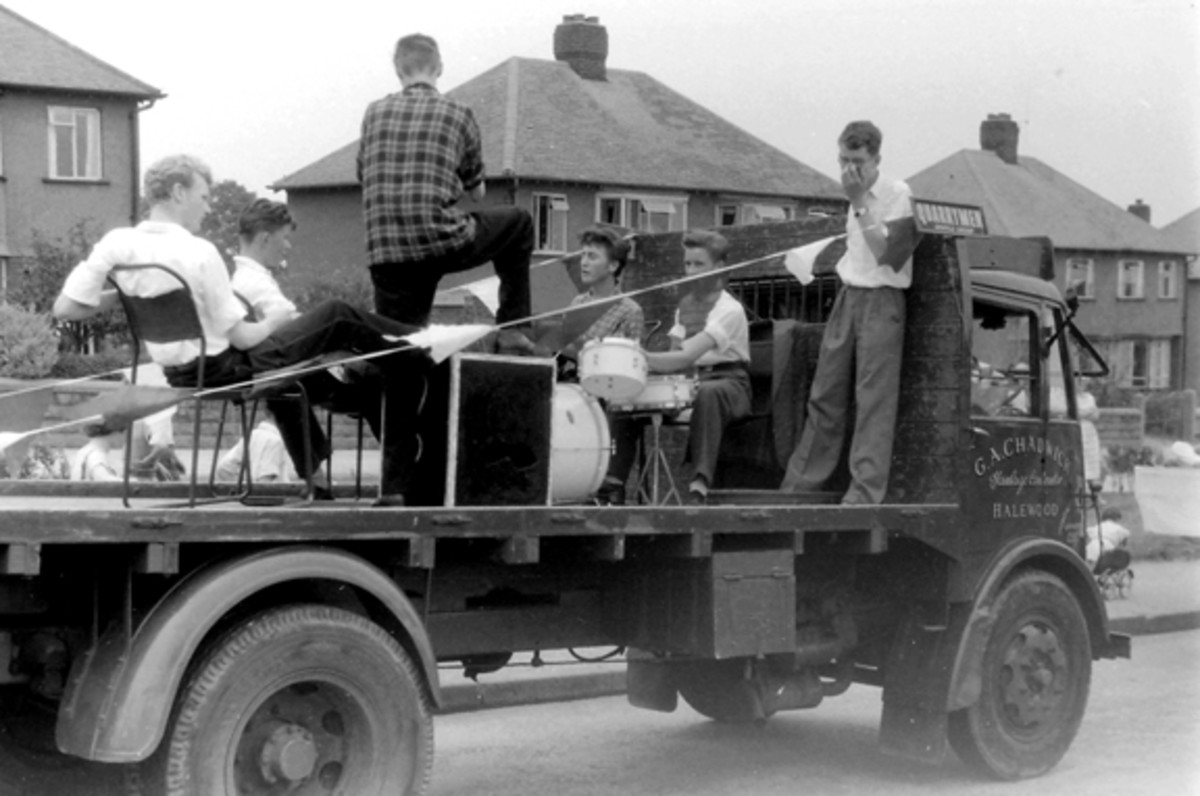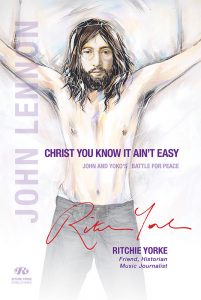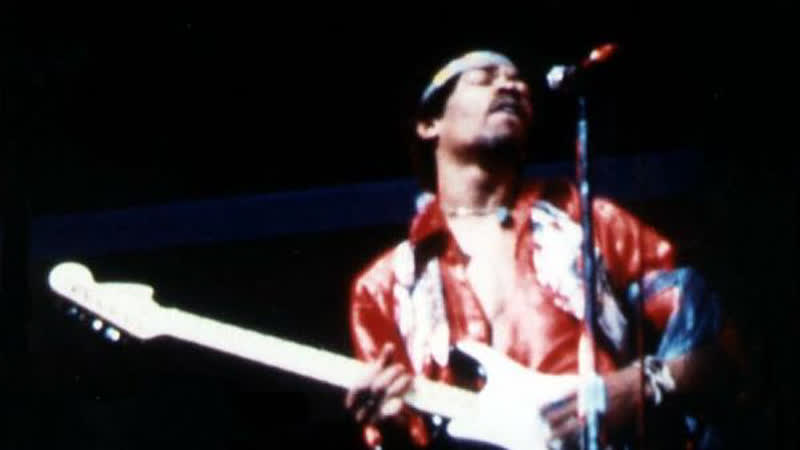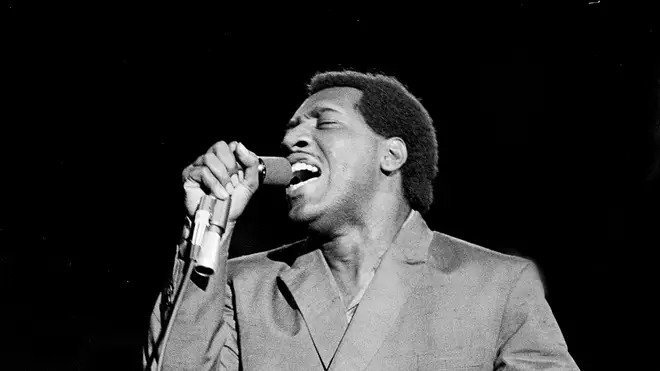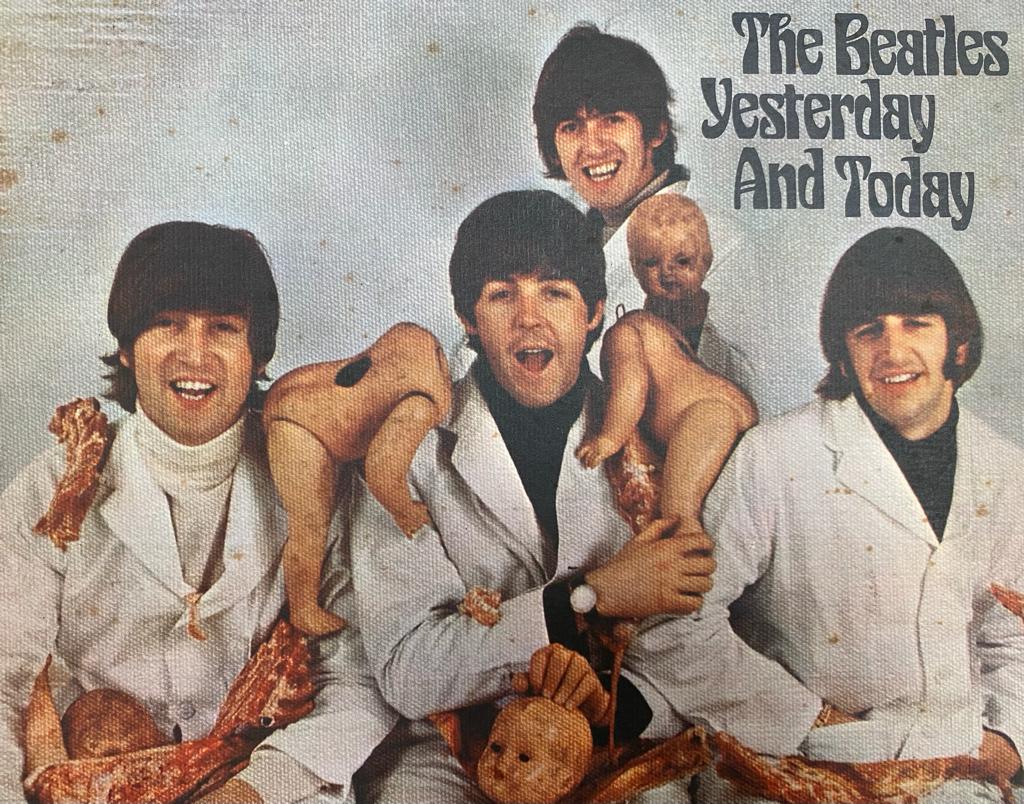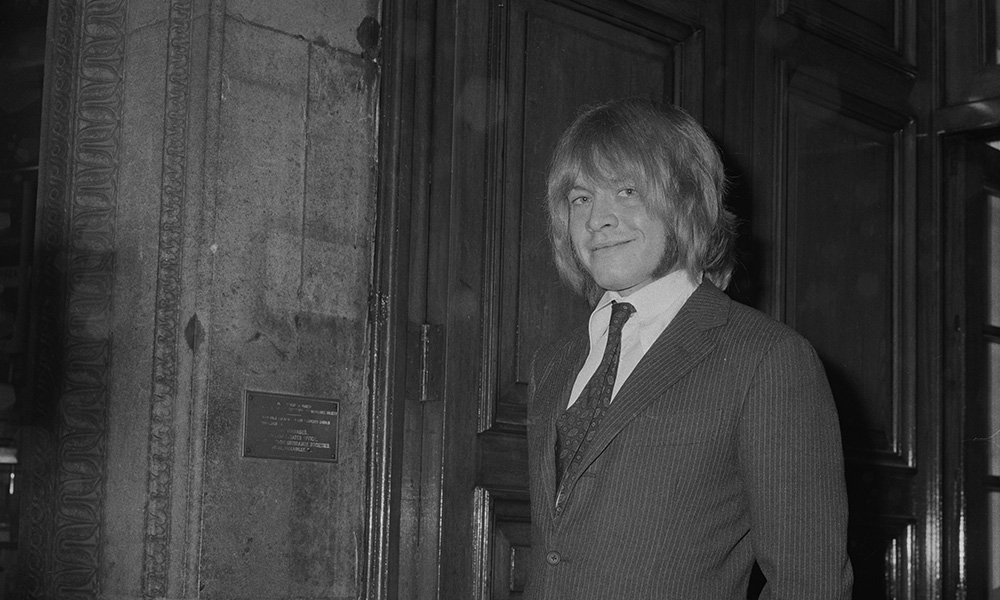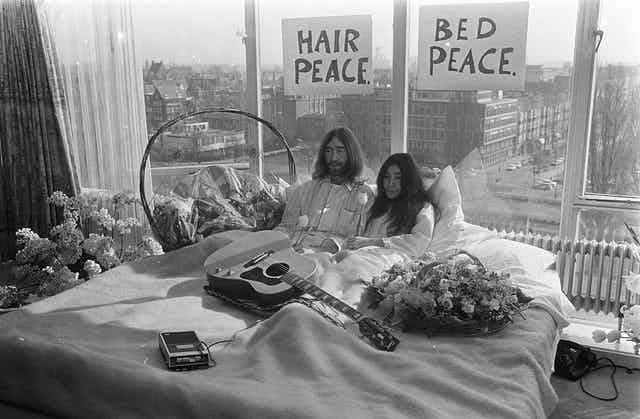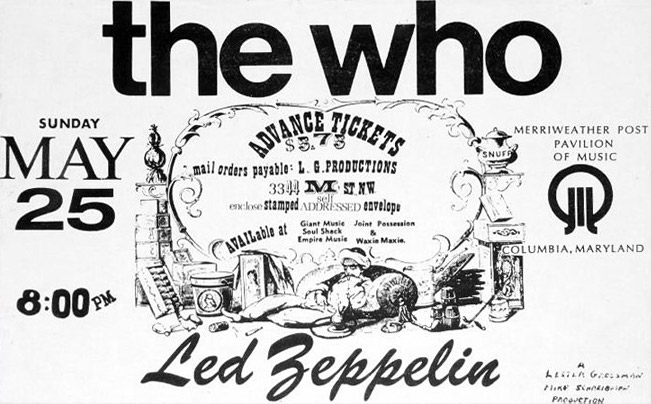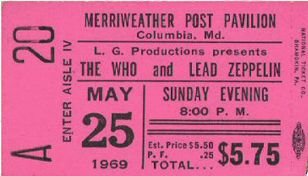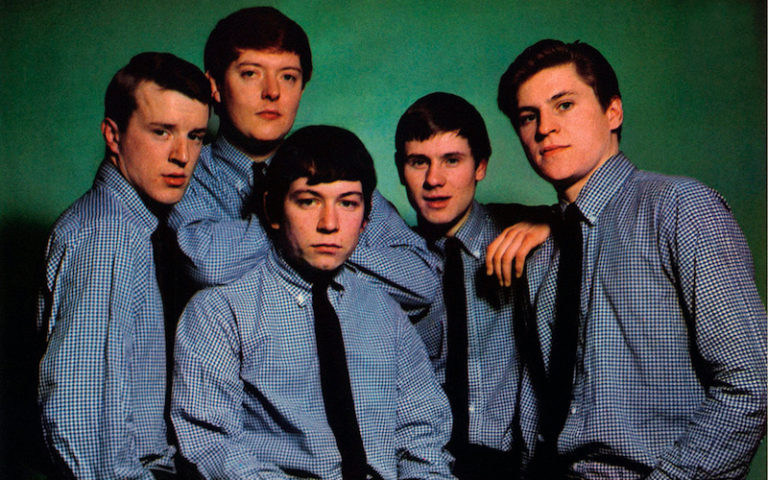06 Jul 1957: Paul McCartney Meets John Lennon
On this day in 1957, John Lennon and Paul McCartney met for the first time
Early on a Saturday afternoon a 15 year old Paul McCartney decided to attend a local church fete with a friend. This small church event would see performances from several local acts, one of them being The Quarry Men, a sixteen year old Lennon’s skiffle group.
The Quarry Men had been formed by Lennon in 1956, after his mother taught him to play banjo, teaching him and friend Eric Griffiths how to tune their instruments and play simple chords and songs. Lennon and Griffiths then recruited their classmates Colin Hanton, Rod Davis, Pete Shotton and Len Garry to fill up the band. Their name was a tongue-in-cheek reference to the song of their school, Quarry Bank High School, which lyrics included “Quarrymen, old before our birth. Straining each muscle and sinew.”
The afternoon began with a short parade, with The Quarry Men playing on the back of a moving truck. This presented a challenge for the young band, as they struggled to stay upright and continuing to play as they made their way along. In the evening, the band played again in the church hall, alongside another band. After the show, McCartney’s friend Ivan Vaughn, who had on occasion played with The Quarry Men, introduced Paul to the band.
McCartney spoke with John for a while, showing him a new method of tuning his instruments. Afterwards, he played a few songs, including a medley of Little Richard songs, Eddie Cochran’s “Twenty Flight Rock” and Gene Vincent’s “Be-Bop-A-Lula”. Both musicians were impressed by the other, and just weeks later McCartney would be invited to join the band.
Before long, the band would begin to move away from skiffle towards rock and roll, and soon after Lennon and McCartney began writing their own songs together. George Harrison would be next join in February 1958, as other members of the band left for various reasons. The next step would be changing the band’s name, which was done several time before settling on The Beatles. Several years later in 1962, Ringo Starr would join the band, completing the iconic line-up.
Interestingly, the original crew of The Quarry Men (minus Lennon and McCartney) would reunite in 1997 for the anniversary of the fete concert, and afterwards released several albums and went on several tours around the world.

